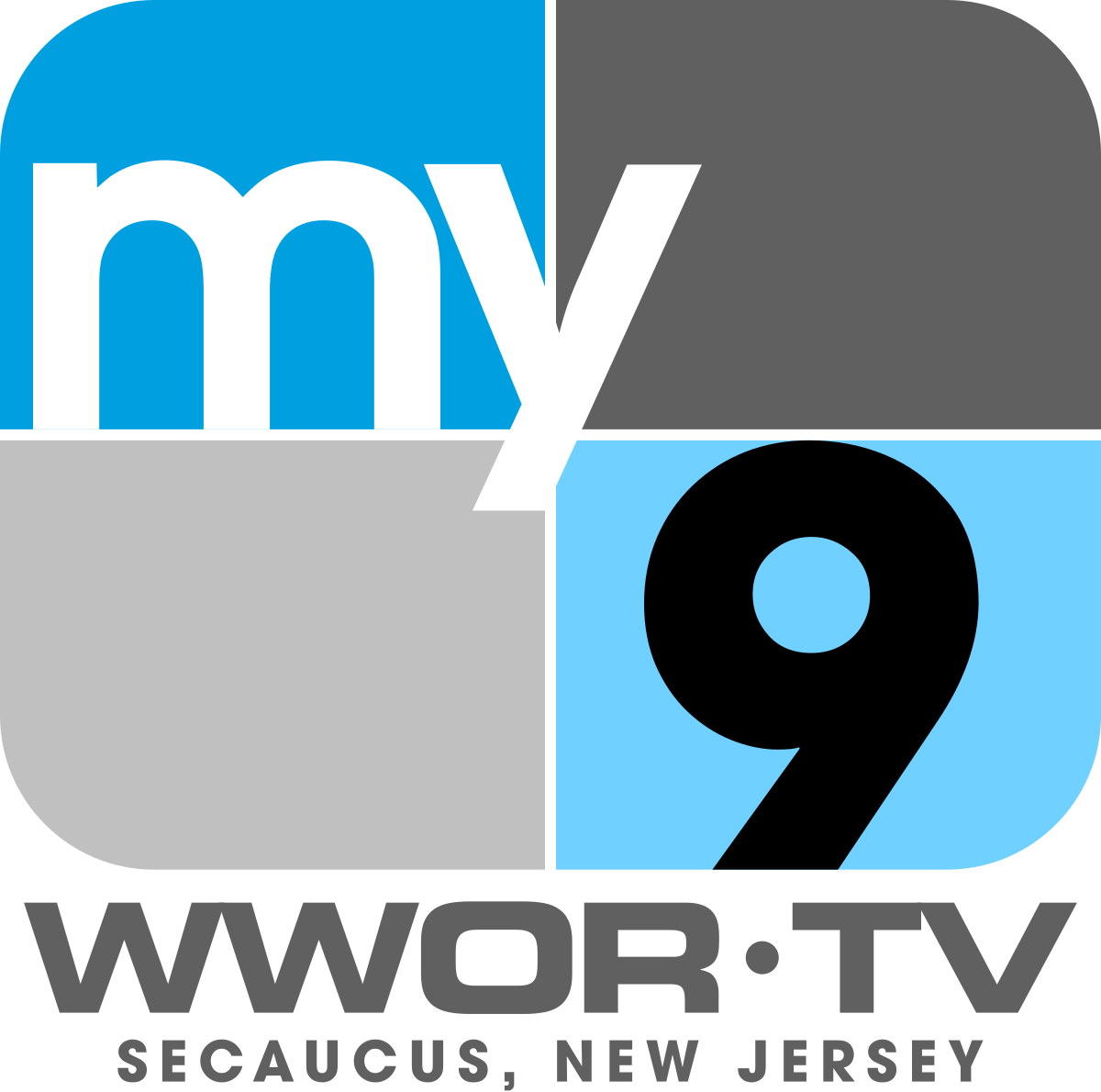Nowadays, with access to streaming services like Netflix, Hulu/Disney+, Max, Amazon and their abundance of content, we hardly think about how we access the content (films and shows) we consume. Yet 50 years ago, that was an entirely different story. With the exception of the educational PBS and local independent stations - the only choices on what to watch on television were the “Big Three” television networks: ABC, NBC, and CBS. This of course changed with the arrival of FOX in 1986 and its entry into prime-time the next year, and the rest is history.
But what if a fourth television network launched earlier? How would it effect the television landscape? To make this interesting, let’s say that this fourth network launches no later than 1971. Why that year specifically? Firstly because it’s 15 years before FOX launched IOTL, and secondly it’s because that’s around the same time the FCC’s fin-syn regulations were implemented. To add some more spice, I’m tagging @Jay_Maxu and @CountDVB for some insight on this era.
But what if a fourth television network launched earlier? How would it effect the television landscape? To make this interesting, let’s say that this fourth network launches no later than 1971. Why that year specifically? Firstly because it’s 15 years before FOX launched IOTL, and secondly it’s because that’s around the same time the FCC’s fin-syn regulations were implemented. To add some more spice, I’m tagging @Jay_Maxu and @CountDVB for some insight on this era.

